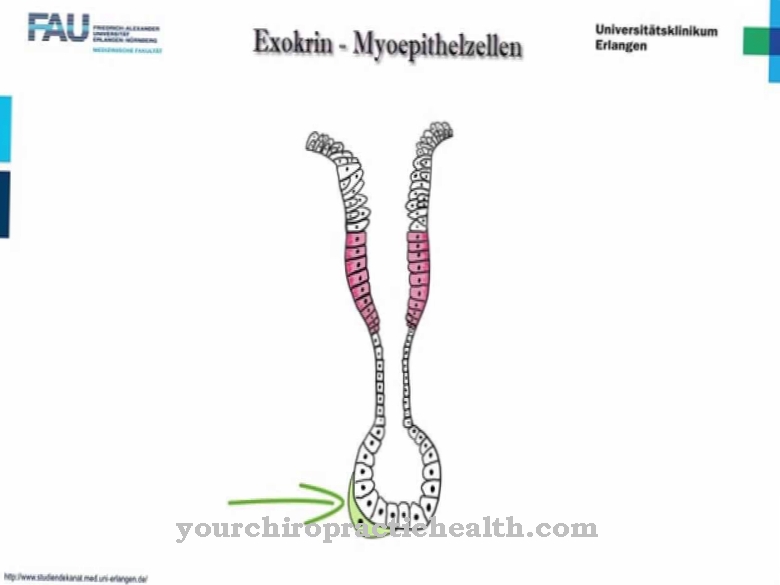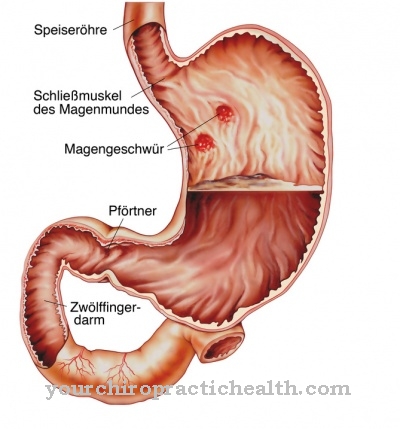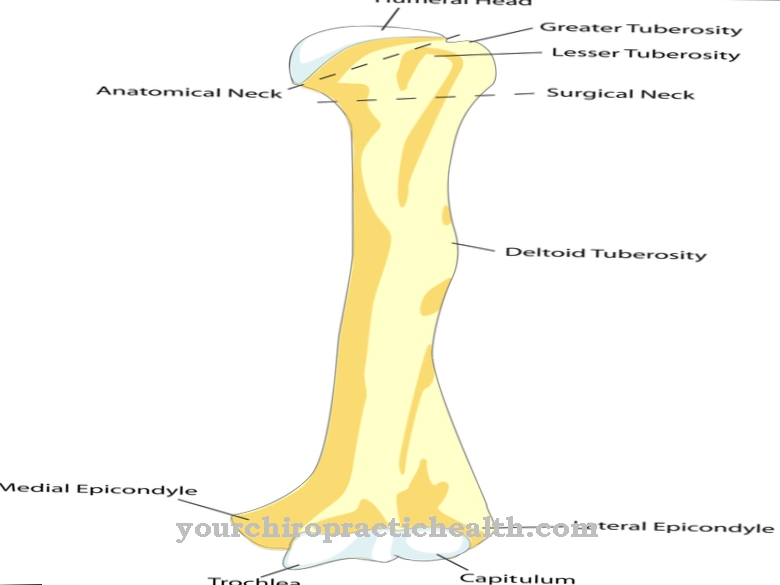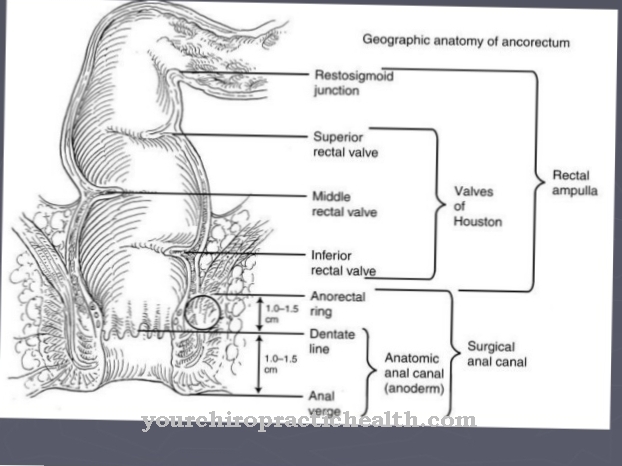Chromatids are part of the chromosomes. They contain a double strand of DNA and play a role in mitosis and meiosis. Diseases such as Down's syndrome are associated with errors in the division of chromatids and chromosomes.
What is a chromatid?
Living beings with cells containing nucleus are also called eukaryotes. Your genes and genetic information are located in chromosomes. These macromolecular complexes are packed in a coat of proteins. The complex of DNA and proteins is also known as a chromatid.
Each chromatid contains a double strand of DNA and the associated proteins. Depending on the cell cycle phase of the cell, a chromosome corresponds to either exactly one or two chromatids. Chromatids are thus the identical longitudinal halves of metaphase chromosomes. The longitudinal halves are linked by the so-called centromere.
The second meiotic division takes place in meiosis. The split halves of the two-chromatid chromosomes separate. This creates chromosomes with only one chromatid, which are also known as single-chromatid chromosomes. The changes in the chromatid during the cell cycle play a crucial role in cell division.
Anatomy & structure
Every human chromosome is made up of two different halves. In the simplest case, it contains a DNA double helix, also known as a DNA molecule.
In reality, the DNA molecule is two single-stranded molecules. Histones and other proteins are attached to the double strand of DNA. The DNA, histones and proteins form the overall package of the chromatin. The chromatid arises from the double strand with the progressive accumulation of proteins. Immediately after a nucleus division, the chromosome becomes a single chromatid chromosome.
With every cell growth with the aim of cell division, the DNA has to double at some point in the cell cycle so that the daughter nuclei each contain a copy of the entire genetic material. After doubling, the chromosome has an identical double strand of DNA, which is spatially separated and individually coated by proteins. This is how sister chromatids or two-chromatid chromosomes are created.
Function & tasks
Nuclear division is also known as mitosis. It takes place on the two identical sister chromatids of a chromosome, which each run parallel to one another and are separated from one another by a thin gap. At this point in the cell cycle, the chromosome is narrowest on the centromere, but still connects the sister chromatids with one another.
During the transition from mitotic metaphase to mitotic anaphase, the sister chromatids separate completely from one another. This creates two daughter chromosomes, each of which is distributed over a new cell nucleus. The chromosomes in the newly created cell nuclei correspond to a single chromatid again. The chromatid therefore always contains only one double strand of DNA. A chromosome, on the other hand, can contain two DNA double strands and thus up to two chromatids, depending on the phase of the cell cycle. The polytene chromosomes are an exception in this regard, as they can comprise more than a thousand DNA double strands. The chromatids are divided into two arms by their centromere.
Depending on the centromere position, we speak of metacentric, acrocentric or submetacentric chromosomes. The former carry the centromere in the middle. Acrocentric chromosomes carry it at the end, with the shorter arm being extremely small. In humans, for example, this is the case on chromosomes 13, 14, 15, 21, 22 and on the Y chromosome. Submetacentric chromosomes carry the centromere between the middle and the end. Your shorter arm is called the p-arm. Your longer arm is the q arm.
The ends of the chromosomes are also called telomeres and contain an extremely short and identically repeated sequence of DNA that corresponds to TTAGGG in humans. At this point the chromosomes shorten with each duplication. In humans, the genetic material of ribosomal RNA is found in the short arms of acrocentric chromosomes. When cells stop dividing and reach G0 phase, they remain identical to their chromatid. If another division is sought, the chromosomes grow in the G1 phase. In the S phase, the DNA doubles and the DNA double strand is present twice. In meiosis, the sister chromatids created in this way are in direct proximity to the homologous chromosome of the other parent.
A sister chromatid exchange can occur, which causes the chromatids to break off at the same level and exchange them with parts of the homologous chromosome. These processes are known as crossing over or recombination. Chromosomes condense in the prophase of mitosis. The threads of the sister chromatids are untangled and now lie next to each other. In the subsequent metaphase, the chromosomes remain as two-chromatid chromosomes. In the anaphase they are separated by the spindle apparatus pulling the chromatids in opposite directions.
Diseases
Errors can occur in the division processes on the chromatid. These mistakes cause different diseases. The most well-known of these diseases is Down syndrome, also known as trisomy-21. The basis of this disease is chromosome damage.
In more than 90 percent of the cases, the damage is independent of hereditary diseases. About one in 700 newborns suffers from trisomy 21. In this disease, chromosome 21 has not doubled, but tripled. This creates additional chromosomes or chromosome segments. Instead of 46 chromosomes, people with trisomy have 47 chromosomes. Such chromosomal defects are related to a lack of separation of chromosomes. During the formation and maturation of the sperm and egg cells, one chromosome was not separated. The cause of this non-separation or non-disjunction has not yet been clarified.
Errors can also occur during the crossing-over or the recombination of the homologous sister chromatids, which can trigger malformations or other abnormalities. Either there are more chromosomes in such a defect or there are fewer, which sometimes even limits the viability of the embryo. In other cases, the pieces of chromosomes are put together incorrectly, making useless chains.
This can be the case, for example, through an insertion of certain chromosome pieces in the wrong place. A deletion, on the other hand, is when a piece of chromosome is completely deleted and lost. Depending on the location of the deletion, this phenomenon can also impair viability.

























.jpg)


